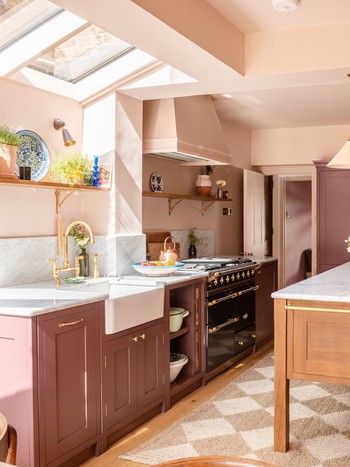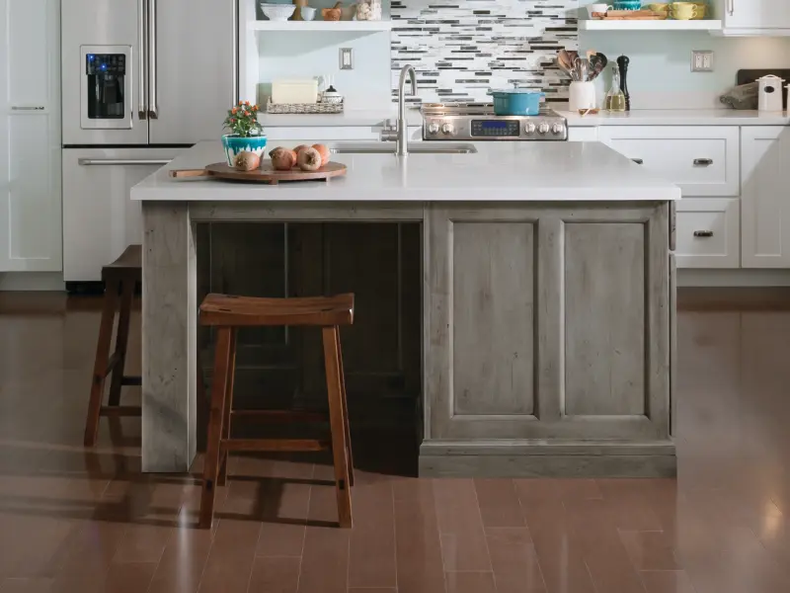Make Your Kitchen Island Stick Out with Custom Legs For Kitchen Island
Make Your Kitchen Island Stick Out with Custom Legs For Kitchen Island
Blog Article
Important Elements to Consider When Choosing Legs For Kitchen Island
Choosing the suitable legs for a kitchen area island includes a cautious evaluation of several aspects that can dramatically influence both capability and aesthetic appeal. As we discover these elements, it ends up being clear that each choice can have far-ranging effects for the general kitchen experience.
Material Options
When selecting legs for a cooking area island, understanding the different material options is necessary for accomplishing both aesthetic charm and structural honesty (Legs For Kitchen Island). The option of product considerably influences not just the toughness of the island yet additionally its overall layout and capability
Steel legs, usually made from stainless steel or wrought iron, contribute a modern and industrial feel while guaranteeing toughness and security. These products are resistant to use and can sustain substantial weight, making them excellent for larger islands.
One more alternative is crafted materials, like MDF or plywood, which can be a lot more cost-effective while still providing a variety of coatings. They might not offer the exact same level of security as strong wood or metal. Legs For Kitchen Island. Products such as acrylic or glass can produce a modern look, though they may require additional assistance to make sure stability.
Eventually, the option of material for cooking area island legs should align with the desired functionality and the total motif of the cooking area.
Design And Style

When thinking about style, the shape and coating of the legs are crucial. Conical legs can offer a feeling of agility and sophistication, while thicker, more durable legs can share strength and stability. Furthermore, the finish-- be it repainted, tarnished, or all-natural-- need to match the kitchen cabinetry and counter top products to produce a unified appearance.
Moreover, the design of the legs can additionally mirror personal preference. Custom-made or decorative legs, such as those including detailed carvings or distinct geometric shapes, can function as focal factors, adding personality and personality to the kitchen. Eventually, the best option will certainly not just enhance performance yet additionally elevate the visual charm, making the kitchen island a standout function of the home.
Elevation Considerations
Selecting the ideal height for cooking area island legs is crucial, as it straight impacts both performance and convenience. The basic elevation for a kitchen area island normally varies from 36 to 42 inches, straightening with usual counter top elevations. A 36-inch height is excellent for food preparation and cooking, enabling comfy use kitchen area home appliances and devices. On the other hand, a height of 42 inches is usually preferred for islands meant for bar seats, accommodating taller feceses and using a casual dining experience.

It is additionally necessary to make up users' choices and heights. Personalizing the height can ensure a comfy experience for all member of the family, making the cooking area island a more useful and delightful space.
Weight Support
Making certain ample weight assistance for kitchen area island legs is important for both safety and security and performance. The cooking area island often offers multiple functions, including cooking, Continued eating, and additional storage space, necessitating a durable support structure. When selecting legs, it is essential to consider the overall weight capability called for based upon the island's intended use and the products that will be positioned on it.
The option of material for the legs plays a significant duty in their weight-bearing capacities. Solid timber, metal, and heavy-duty compounds normally provide remarkable toughness contrasted to lighter products. Furthermore, the style of the legs-- whether they are directly, tapered, or have a pedestal kind-- can influence their capability to distribute weight efficiently across the framework.
Always consult the manufacturer's requirements relating to lots limits to ensure that the legs can maintain the intended weight without compromising safety and security. In recap, selecting cooking area island legs with ample weight support is important for developing a useful and risk-free cooking space.
Setup and Maintenance
Proper installment and upkeep of kitchen island legs are critical for making sure longevity and security. This typically involves protecting the legs to the island base using suitable fasteners, ensuring that the legs are degree and aligned.
Once installed, normal upkeep is needed to protect the stability and look of the legs - Legs For Kitchen Island. For wood legs, regular cleaning with a wet towel and application of appropriate timber gloss can stop moisture damages and keep their surface. Metal legs might call for a gentle cleansing remedy to get rid of oil and gunk, followed by a completely dry cloth to stop rust formation
Additionally, evaluate the legs on a regular basis for signs of wear or damage, such as fractures or loosened joints. Tightening up screws or bolts as required can also lengthen the lifespan of the legs. By adhering to these setup and upkeep practices, house owners can make certain that their kitchen island continues to be sturdy and visually appealing for many years to find.
Verdict

Visual coherence is critical in selecting the style and layout of legs for a kitchen area island, as these aspects significantly affect the overall setting of the area. Conical legs can provide a webpage feeling of lightness and elegance, while thicker, more durable legs can share strength and security.Selecting the proper height for kitchen island legs is vital, as it straight influences both functionality and comfort. In summary, picking kitchen area island legs with ample weight support is vital for producing a functional and risk-free cooking space.
In verdict, selecting legs for a kitchen area island demands careful consideration of numerous factors, consisting of material options, style, height, weight assistance, and setup.
Report this page